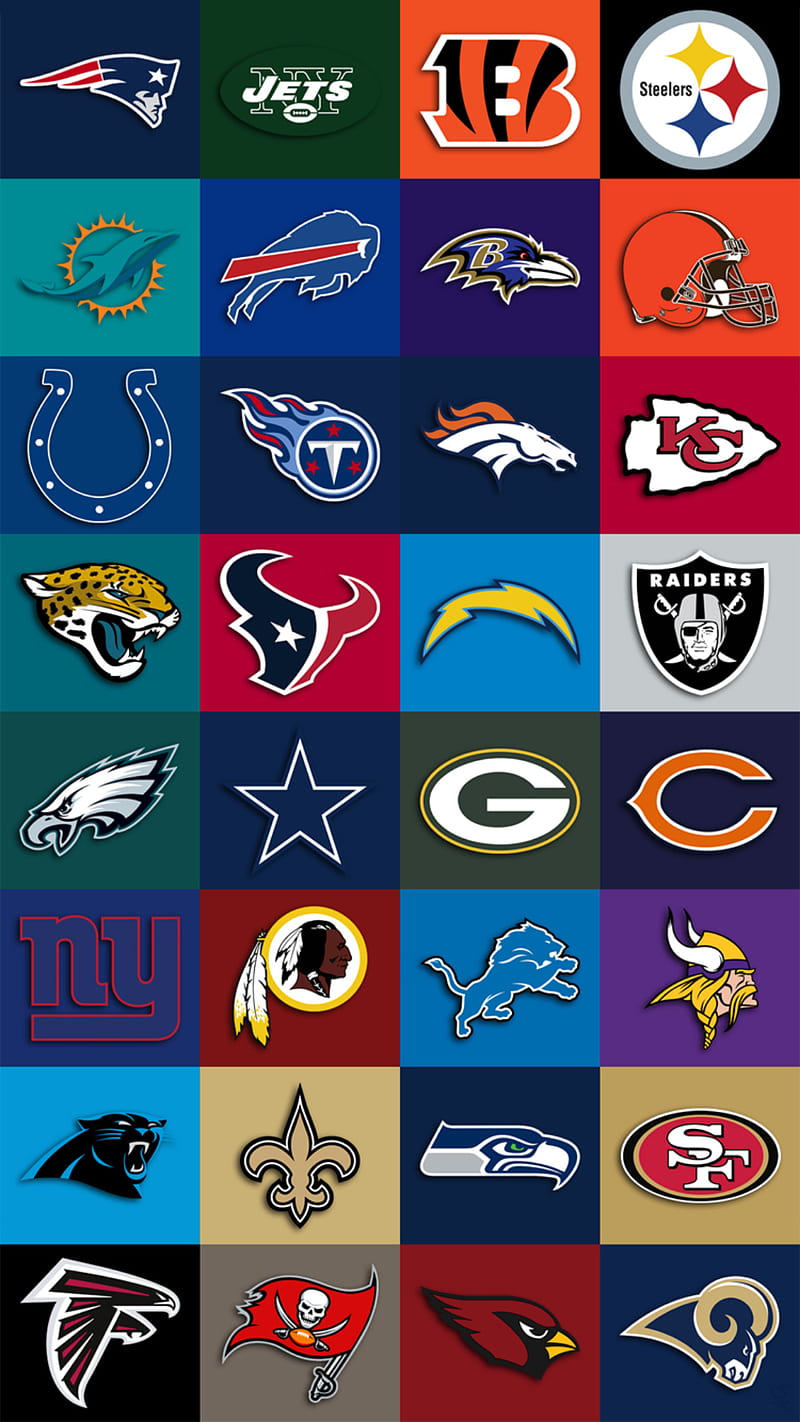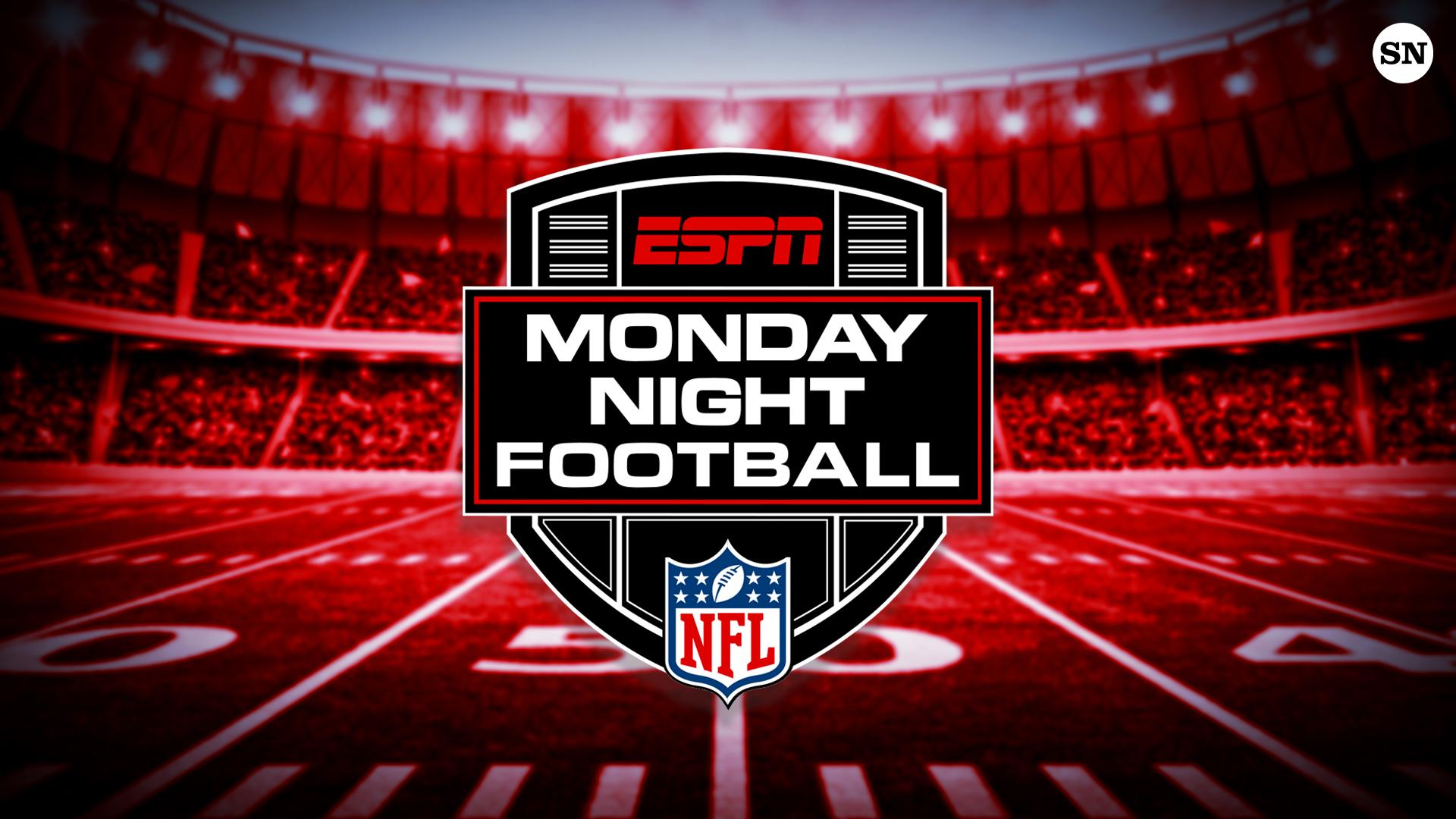What drives the global passion for this professional American sport? A powerful, globally recognized league, known for its intense competition and celebrated players.
This sport, played across the United States, represents a specific professional American football league. It encompasses a complex set of rules, strategies, and player positions, culminating in a high-stakes contest between two teams for the ultimate prize. Each team comprises specialized players, each with unique roles and responsibilities. The league's annual schedule includes regular season games, playoffs, and a culminating championship game. The sport is renowned for its fast-paced action and strategic play.
The league's immense popularity is driven by factors including the spectacle of the game, the intense competition between teams, the significant media attention given to its players and events, and the deeply ingrained cultural impact of the sport. The league's history is interwoven with the history of American culture and entertainment, providing a consistent platform for entertainment and community. The sheer scale of fan engagement and economic impact, both nationally and globally, showcases the significant importance of this league and the sport it represents.
Moving forward, we'll explore the history, rules, and key players in this esteemed league, and discuss its broader cultural implications.
NFL Football
Understanding the National Football League (NFL) requires a grasp of its fundamental elements. This league's significance lies in its intricate structure and captivating gameplay.
- Competition
- Strategy
- Players
- Rules
- Fans
- Culture
The NFL's structure emphasizes fierce competition between teams, requiring sophisticated strategies on and off the field. Talented players execute complex rules, engaging in thrilling plays that captivate fans. This fosters a dedicated fan base, with the sport deeply embedded in American culture. The league's economic influence and profound impact on society underscore its global significance. For example, the Super Bowl's massive viewership illustrates the sport's global reach. The intense competition and intricate rules add depth to the strategic gameplay, creating a distinct culture surrounding the sport.
1. Competition
Competition is a defining characteristic of the National Football League (NFL). The essence of the sport hinges on the struggle for victory between teams and individuals, driving strategic choices and shaping the overall experience for players and spectators. Understanding this competitive dynamic provides insight into the league's allure and enduring appeal.
- Strategic Maneuvering
Teams engage in rigorous pre-game planning and in-game adjustments to gain an advantage over opponents. This strategic maneuvering, from offensive formations to defensive schemes, underscores the competitive landscape. Detailed scouting reports, player analyses, and complex play calls exemplify this. The pursuit of a tactical edge forms a crucial component of the sport's competitive nature.
- Player Performance under Pressure
Players face immense pressure to perform at peak levels consistently throughout the season. The intense competition demands unwavering focus, exceptional skill, and the ability to respond effectively to adversity. The pressure to deliver in critical moments particularly in close games exemplifies the competitive environment and its effect on individual athletes.
- Team Cohesion and Collaboration
A successful team requires strong cohesion and collaboration among players. Achieving coordinated play and maintaining a united front are critical to maintaining competitiveness. This emphasis on teamwork demonstrates how individual efforts must contribute to the overall success of the team. Effective communication and trust are essential aspects within this framework.
- Importance of Winning and Losing
Winning and losing are integral components of the competition. The pursuit of victory is intrinsically linked to the thrill of competition, while the acceptance of defeat is part of the process. The league's structure, including playoffs and championships, emphasizes the significant stakes of competition. The emotional intensity associated with winning and losing underscores the competitive fervor of the NFL.
The multifaceted nature of competition within the NFL extends beyond the field. It encompasses strategic planning, individual prowess, teamwork, and the emotional toll of winning and losing. These elements collectively contribute to the profound impact and enduring popularity of the league.
2. Strategy
Strategic thinking is fundamental to success in professional American football. A comprehensive understanding of offensive and defensive formations, player positioning, and play-calling decisions are pivotal. Effective strategy maximizes a team's strengths while mitigating opponent vulnerabilities. The interplay of offensive and defensive strategies throughout a game is essential for success. Tactical adjustments are critical in adapting to evolving situations and opposing teams' strategies.
Real-world examples abound. Teams employing innovative offensive formations, like the spread offense or the pistol formation, have achieved notable success by exploiting weaknesses in opposing defenses. Conversely, meticulously planned defensive strategies, such as blitzing schemes or zone coverages, have successfully disrupted opposing offenses. The success or failure of a team often hinges on the effectiveness of their strategic plans, emphasizing the crucial role of strategy in the outcome of games. Moreover, the strategic planning extends beyond individual plays; it encompasses broader game plans encompassing the entire game or series of games, allowing a team to develop and execute a coherent strategy throughout a season. This understanding is vital for both players and coaches.
The practical significance of this understanding is profound. By comprehending the importance of strategy, coaches and players can make informed decisions, predict opponent actions, and adapt to unforeseen circumstances. A detailed understanding of strategic principles enables teams to optimize their performance and maximize their chances of victory. Effective strategic planning also promotes efficient resource allocation and contributes to improved team dynamics, ultimately enhancing overall performance on and off the field. Therefore, a nuanced grasp of strategy is paramount for success in the NFL.
3. Players
Players are central to the National Football League (NFL). Their skills, dedication, and performance directly impact team success and the overall spectacle of the game. Understanding the role of players within the context of the NFL is critical to comprehending the league's dynamics.
- Skill Sets and Positions
Players are categorized by position, each requiring unique skill sets. Quarterbacks, for example, require exceptional throwing accuracy and decision-making under pressure. Linebackers need speed, agility, and tackling prowess. The diverse skill requirements across positions highlight the complexity of the game and the necessity for players to excel in their designated roles. The development and specialization of these positions are reflected in the ever-evolving strategies employed within the league.
- Individual Performance and Team Success
Individual player performance directly influences team success. Exceptional performances by key players can turn a close game into a decisive victory, while inconsistent performance can lead to defeat. Factors such as health, motivation, and mental fortitude directly affect a player's ability to contribute to the team's overall goals. The interplay between individual performance and team success is a significant aspect of the NFL.
- Recruitment and Development
The NFL's recruitment process is highly competitive, with teams vying for the best talent through the draft and free agency. Player development programs are crucial, ensuring players adapt to the professional environment and refine their skills. This process highlights the league's investment in its future and ongoing commitment to player well-being and growth. The league's ability to identify and nurture top talent contributes to its ongoing success.
- Impact on Culture and Entertainment
Players are often influential figures, transcending the field to become community leaders and role models. Their performances and personalities generate significant media attention, amplifying the league's reach and impacting popular culture. The media presence of players can directly influence public perception and broader societal values associated with the sport.
Ultimately, the players are the heart and soul of the NFL. Their diverse skill sets, performance, and contributions shape the league's competitive landscape, cultural impact, and overall success. The significant investment in player development and the complex interplay between individual performance and team success are crucial elements in understanding the NFL as a whole.
4. Rules
Rules are fundamental to the National Football League (NFL). They define the permissible actions within the game, ensuring fair play and maintaining consistent competition across all matches. These established regulations govern player conduct, team strategies, and the progression of the game, thus shaping the dynamic interaction between teams and individual players. Without a clear and universally applied set of rules, the sport would lose its structure and predictability, making it a chaotic and ultimately less engaging spectacle.
The intricate nature of NFL rules stems from the need to balance the exhilarating physicality of the game with the importance of sportsmanlike conduct and fair play. Rules governing player positioning, such as those related to offensive and defensive alignments, directly influence strategic decision-making on the field. Rules concerning tackling techniques prevent unnecessary or unsafe contact, safeguarding player safety. Furthermore, penalties for infractions, such as holding or pass interference, aim to maintain equitable gameplay, preventing unfair advantages and ensuring the integrity of the competition. Examples of critical rules include those governing down and distance, the passing game, and the various types of tackles, each with specific criteria. These detailed regulations govern the intricacies of the game, fostering a level playing field for all participants. Understanding and adhering to these rules is vital for both players and coaches, enabling them to execute their strategies effectively while avoiding penalties. For instance, an improper snap or an illegal forward pass can drastically impact the flow of a game, emphasizing the paramount significance of adhering to the rules.
In summary, the NFL's rules are not merely arbitrary guidelines but rather the cornerstone of fair and organized competition. They ensure the consistency and predictability of the game, guiding player behavior, promoting fair play, and maintaining the integrity of the sport. A thorough understanding of these rules is essential for appreciating the nuances of the NFL, recognizing both the strategic elements and the importance of ethical conduct within the game. This understanding goes beyond the confines of the field to encompass the broader cultural significance and impact of the sport itself. The existence of these precise rules creates a framework of consistent expectation, thereby ensuring predictable and enjoyable outcomes for all involved.
5. Fans
The passionate support of fans is deeply intertwined with the National Football League (NFL). Fan engagement significantly influences the league's economic impact, cultural significance, and overall success. Understanding this connection provides critical insights into the sport's enduring appeal.
- Economic Impact
Fan spending, including ticket purchases, merchandise, and concessions, directly supports the NFL's financial stability. This economic contribution is substantial and shapes the league's operational strategies and growth trajectory. Revenue generated from fan engagement funds team operations, stadium improvements, and player compensation, demonstrating a direct correlation between fan support and the league's financial health.
- Cultural Significance
NFL fans represent a diverse demographic, embodying a shared passion for the sport. This collective enthusiasm permeates various aspects of American culture, from casual discussions to dedicated viewing parties. The unifying power of shared fandom plays a crucial role in shaping cultural narratives and collective experiences surrounding the NFL.
- Game-Day Atmosphere
Fan engagement creates the electric atmosphere that defines NFL game days. The enthusiasm and energy generated by cheering crowds amplify the excitement of the game, fostering a shared experience between players and spectators. This contagious enthusiasm often creates a unique atmosphere, impacting the overall game experience for all participants. The fervent support extends beyond physical presence, reflected in the global viewership and social media engagement surrounding games.
- Team Loyalty and Identity
Fan loyalty fosters a deep connection between fans and their respective teams. This sense of identity extends beyond the game, shaping individual and collective self-expression. The shared sense of team pride creates a powerful bond, enriching the social fabric and fostering collective engagement within local communities. The devotion and enthusiasm fans demonstrate underscores the emotional and social importance of team identification for many.
In conclusion, the connection between fans and the NFL is multi-faceted and powerful. Fan engagement significantly impacts the league's financial success, cultural influence, and the overall game experience. The collective passion and devoted support of fans contribute significantly to the NFL's continued success and enduring appeal.
6. Culture
The National Football League (NFL) is deeply intertwined with American culture, influencing and reflecting societal values, beliefs, and traditions. This connection extends far beyond the sport itself, impacting various aspects of daily life and broader societal perceptions.
- Media Representation and Popular Culture
NFL games, players, and teams are prominent figures in media narratives and popular culture. Television broadcasts, news coverage, and media attention significantly shape public perception. The intense media scrutiny and the consequent portrayal of players often highlight aspects of American society, promoting or potentially perpetuating certain societal values and ideals, whether directly or indirectly. This media presence shapes public opinion, sometimes influencing attitudes towards athletes and the sport itself.
- Social and Political Commentary
The NFL serves as a platform for discussions and commentary on societal issues and political events. Players, coaches, and team owners often express their opinions on current events, contributing to public discourse and potentially influencing political and social movements. Public pronouncements by individuals associated with the NFL can become significant markers of the public's pulse and the times. The sport's inherent competitiveness and symbolic value sometimes amplify these conversations.
- Consumerism and Economic Impact
The NFL's economic influence extends beyond ticket sales and merchandise. The sport's marketing strategies and brand associations shape consumer patterns and influence trends in various sectors, from fashion to entertainment. The sheer volume of spending by fans creates a significant market for related products and services, shaping economic activity and patterns of consumption. A considerable amount of marketing capital is invested to capitalize on fan engagement, demonstrating the sport's significant economic impact.
- Community and Identity Formation
NFL teams and players represent a significant source of community identity for many fans. The passionate loyalty and associated symbolism foster a sense of shared experience and belonging. The shared experience of attending games or watching them with friends and family creates an environment for identity formation and fosters social cohesion. This collective experience, encompassing rituals, celebrations, and a deep understanding of the game and its values, fosters a sense of community amongst supporters.
The interplay between the NFL and American culture is multifaceted, ranging from media representation and consumerism to social commentary and community building. The league, as a prominent cultural force, reflects and influences various aspects of American society. Through its myriad interactions with and reflections of culture, the NFL remains a significant and influential aspect of American life.
Frequently Asked Questions about the NFL
This section addresses common inquiries about the National Football League (NFL). Clear and concise answers are provided to promote understanding and dispel misconceptions.
Question 1: What are the fundamental rules of the game?
The NFL game involves two teams competing to advance a football down a field. Teams score points by carrying the ball across the opponent's goal line (touchdown) or kicking the ball through the goalposts (field goal). Specific rules govern play, including down and distance, pass plays, and various types of penalties. The field's dimensions and scoring structure are critical components of gameplay.
Question 2: How are players selected for NFL teams?
Players are chosen primarily through the NFL Draft, a yearly process where teams select players from college and other amateur leagues. Teams also acquire players via free agency, a period when players not under contract can negotiate with teams.
Question 3: What is the structure of the NFL season?
The NFL season generally follows a standard schedule of regular-season games culminating in the playoffs. Regular-season games determine playoff qualification, leading to a final championship game. The season's structure and length are critical elements in professional football.
Question 4: What is the economic impact of the NFL?
The NFL generates significant revenue through ticket sales, broadcasting rights, merchandise, and sponsorships. This economic influence extends to local communities, regional economies, and the national economy. The NFL's financial impact is a complex interplay of diverse factors.
Question 5: What role does the NFL play in broader American culture?
The NFL significantly influences American culture through media coverage, fan engagement, and broader societal discussions. The sport's impact is evident in media portrayals, economic influence, and cultural commentary.
Key takeaways include the importance of rules, the process of player selection, the season's structure, the economic influence, and the NFL's cultural impact. Understanding these facets provides a comprehensive view of the league.
The next section will explore the history of the NFL and its evolution through the years.
Conclusion
This exploration of the National Football League has illuminated the multifaceted nature of this American sporting phenomenon. The NFL's intricate structure, characterized by fierce competition, strategic gameplay, and the dedication of its players, underpins its immense popularity. The league's profound economic impact, significant cultural influence, and enduring appeal are all interconnected elements that contribute to its global presence. Key aspects examined include the fundamental rules of play, player selection processes, the intricacies of the season's structure, and the multifaceted relationship between the league and American culture. Fans' passionate engagement, in turn, fuels the economic engine of the league and creates a vibrant cultural landscape around the sport. This study reveals the complex web of factors contributing to the NFL's enduring significance in American society and global sports.
The NFL's enduring success rests on a delicate balance between athleticism, strategy, and cultural relevance. Understanding this intricate interplay offers a critical perspective on the sport's continued evolution and its potential impact on future generations. The league's future trajectory will depend on its ability to adapt to changing societal values and maintain a balance between the rigorous demands of professional competition and the need to foster a positive cultural impact. This ongoing dynamic warrants ongoing consideration and analysis.
Article Recommendations



ncG1vNJzZmibkafBprjMmqmknaSeu6h6zqueaJmTqb%2Bmv9Keqmavmam1brXCqKWim1%2BbvLDAwZqjpWWem7lvtNOmow%3D%3D